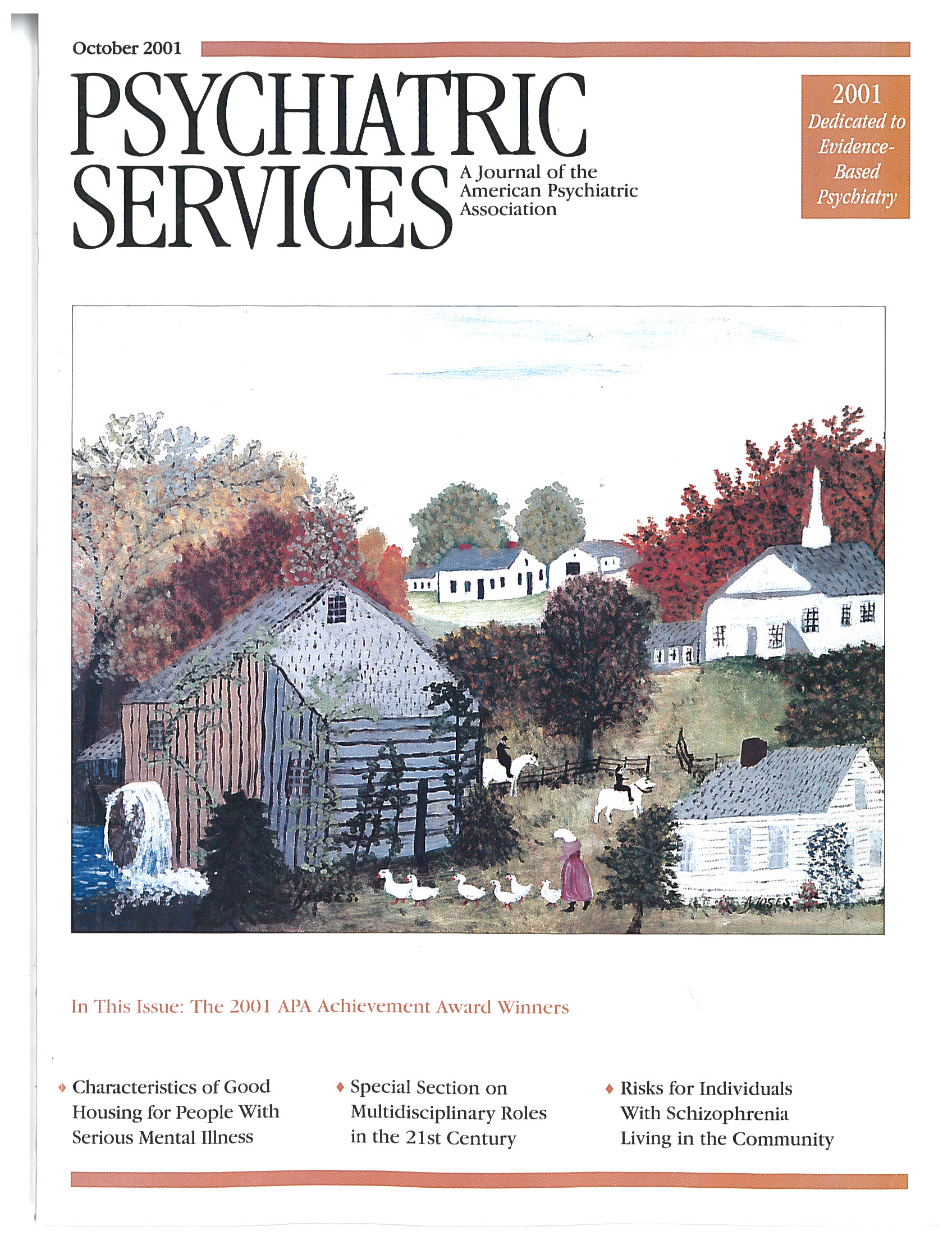The Link Between Childhood Trauma and Mental Illness: Effective Interventions for Mental Health Professionals
This is an excellent book for the audience it is aimed at, which is a broad range of mental health professionals who are not already experts on psychological trauma. It is written in a readable style and is balanced in its approach. For clinicians who know the trauma literature well and have a lot of clinical experience, the book does not offer much new information, so it is not essential reading for them. However, for the bulk of professionals, the authors provide clear, commonsense guidelines and treatment principles grounded in the scientific literature.
The book includes chapters on signs and symptoms of trauma, inquiring about trauma, treatment models, stages of recovery, safety and containment, and other essential topics. One chapter provides a sound discussion of the controversy surrounding traumatic memory. The last three chapters, written by contributing authors, deal with crisis care, the invisibility of men's pain, and racism, oppression, and childhood trauma. In these chapters the social component of the multidimensional model receives particular attention.
The multidimensional model of trauma and its impact used in this book is truly biopsychosocial in nature, and the authors avoid both environmental and biological reductionism. Their approach is summed up in the sentence, "Adequate mental health care requires a full understanding of the genetic and biological underpinnings of mental disorder, as well as of the social and environmental imperatives in clients' lives."
The review of the research literature is not comprehensive, but it includes four pages of references to key works. The literature review is more than adequate for the book's intended purpose and audience, although it will seem brief to readers who are academic scholars with a subspecialty interest in trauma.
The book's overall style is captured in its opening sentences: "Our culture's view of childhood is built upon images of sweet-smelling babies, chubby hands dragging teddies, pony rides, science projects, piano lessons, prom dresses, and graduation ceremonies. Sadly, for many children, the list would be more accurate if it included broken bones, chipped teeth, black eyes, burns, unexplained vaginal and anal infections, night terrors, empty stomachs, and lonely hearts."
I recommend this book to anyone who wants a practical, readable introduction to trauma and its consequences and treatment.



